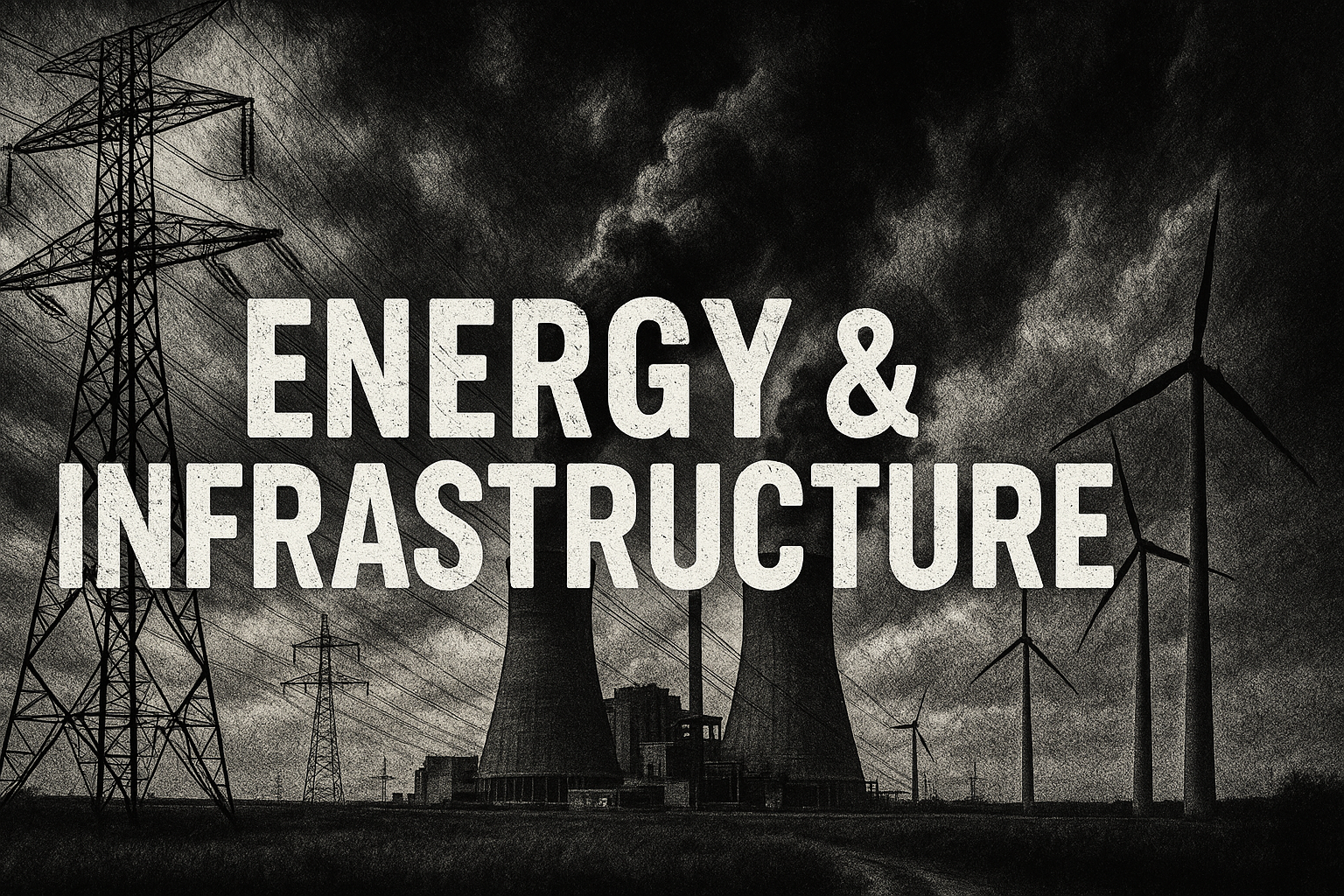Trump Administration Explores Plutonium Repurposing for Civilian Nuclear Reactors

The Trump administration is weighing a proposal to repurpose plutonium from the U.S. nuclear weapons stockpile to fuel a new generation of nuclear reactors, sparking concerns among Democrats about the potential risks to national security. According to Energy Department documents and officials, the plan involves altering plutonium to make it suitable for civilian power companies, including startups developing advanced reactor designs.
This initiative aligns with President Trump’s broader strategy to leverage the nation’s existing plutonium reserves for productive use, rather than allowing them to remain idle. By diverting plutonium from the nuclear deterrent, the administration aims to support the development of nuclear power plants capable of supplying energy to AI data centers and other critical infrastructure.
However, critics argue that this approach could weaken the U.S. nuclear weapons program by reducing the available stockpile of plutonium pits, which are essential for maintaining the nation’s nuclear deterrent. The Department of Energy is already struggling to meet Congress’s demands for increased pit production, raising questions about whether diverting materials for civilian use is a prudent move.
Despite these concerns, the administration maintains that the proposal strikes a balance between national defense and energy innovation. By repurposing plutonium, the U.S. can reduce its reliance on foreign energy sources while fostering domestic technological advancements in the nuclear sector. This approach reflects the administration’s commitment to economic growth, energy independence, and responsible stewardship of the nation’s resources.
Repurposing Plutonium: A Strategic Opportunity or Risk to National Security?
The Trump administration’s proposal to repurpose plutonium from the U.S. nuclear weapons stockpile for civilian nuclear reactors represents a bold initiative with significant implications for the nation’s energy independence and technological innovation. By leveraging existing plutonium reserves, the U.S. can reduce its reliance on foreign energy sources while fostering domestic advancements in nuclear energy. This approach aligns with conservative principles of economic growth, energy self-sufficiency, and responsible stewardship of resources.
However, the plan raises critical concerns about national security. The U.S. nuclear deterrent relies on a stockpile of plutonium pits, and diverting materials for civilian use could weaken this deterrent. The Department of Energy is already struggling to meet production demands, and further diverting resources risks compromising the nation’s ability to maintain a credible nuclear deterrent. This could embolden adversarial nations and undermine global stability, which is a non-negotiable priority for any responsible administration.
While innovation in nuclear energy is commendable, it must not come at the expense of national defense. The U.S. must strike a careful balance between advancing energy technology and safeguarding its nuclear capabilities. Any decision to repurpose plutonium must be approached with caution, ensuring that the nation’s security interests remain paramount. This initiative, if mishandled, could set a dangerous precedent that future adversaries could exploit.
In conclusion, the proposal to repurpose plutonium offers potential benefits but carries significant risks. The administration must prioritize national security while pursuing energy innovation. By doing so, it can ensure that the U.S. remains a global leader in both defense and technology, upholding the principles of strength, independence, and responsible stewardship.
Published: 9/30/2025

















